Class Acts
Three of the biggest classification societies provide their insights into the evolving role of their organizations
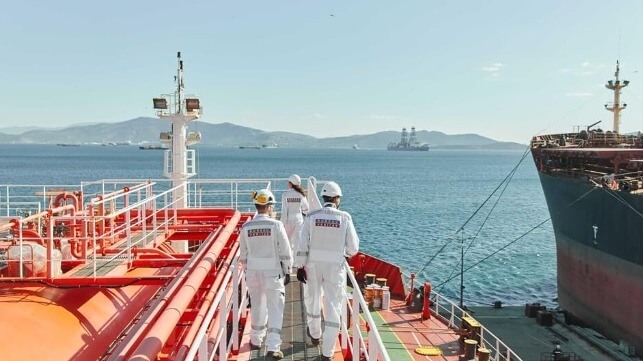
(Article originally published in May/June 2024 edition.)
Maritime classification societies have long served as a key functional element of waterborne trades, spanning industry sectors and ship types and ensuring the safety, environmental compliance and operational efficiency of vessels worldwide.
Three juggernauts in the field – Bureau Veritas (BV), Lloyd's Register (LR) and Korean Register (KR) – exemplify the changing and challenging scope these organizations face on a daily basis.
Laying the Keel
For centuries, trade by sea was pretty much the only option for transporting large amounts of cargo over great distances. Even so, it wasn’t a very good option.
Dozens of vessels, hundreds of lives and thousands of tons of cargo were lost at sea annually. Before the late 18th century, there was limited accountability for these losses, which meant merchants had little means of assuring their cargo’s safety or of recouping any losses they might incur.
Then someone had a great idea. And like virtually all great ideas, it began over coffee.
The Society for the Registry of Shipping was set up in 1760 by customers of Edward Lloyd’s Coffee House on Lombard Street in London, frequented by sailors, merchants, shipowners and other saintly folk. The shipping community met here to discuss maritime insurance, shipbroking and foreign trade, and the coffee house soon became a trusted source for reliable shipping news – so much so that this prototypical Starbuck’s led to the establishment of (and lent its name to) the insurance market Lloyd's of London, the publication Lloyd's List and several related shipping and insurance businesses.
Most notably for our purposes, meetings between industry leaders resulted in the “Register Book,” which listed vessels rated – or classed – after the condition of their hulls and equipment had been surveyed. This gave merchants and underwriters standardized information on the quality of the vessels they chartered and insured. It also formed the basis of what would become LR (Lloyd’s Register) and laid the foundation for the rigorous standards and inspections that characterize modern classification societies.
With a heritage that now extends over 260 years, LR – alongside its later class society peers – continues to play an increasingly important role in the maritime industry, ensuring the safety of personnel and property and the prevention of pollution at all stages of a vessel’s design, construction and operation.
Claudene Sharp-Patel, LR’s Technical Director, emphasizes the organization’s evolution alongside the industry itself, saying, “With a rapidly changing maritime industry, class societies’ role as trusted advisers will become even more important to stakeholders up and down the maritime value chain as they deal with multiple drivers including decarbonization, digitalization and numerous other advances.”
Keeping Pace with New Technology
Today’s class societies continue to verify the structural strength and integrity of the essential parts of a ship’s hull and all of the installed systems and equipment within it. However, just as vessels have switched from sail to steam to diesel to battery hybrid and, in some cases, back to sail, class societies too have evolved to keep pace with modern technology.
New technology is pivotal in driving the maritime energy transition, and KR (Korean Register) aims to lead the future of the maritime industry by adopting advanced artificial intelligence and digital technologies. Innovative modern technologies such as autonomous ships, condition-based maintenance (CBM), remote surveys and digital twins are transforming the paradigm of ship operations.
“We are actively embracing these changes and focusing on the development of new technologies,” says KR Chairman and CEO, Hyungchul Lee.
BV (Bureau Veritas) is also actively involved in projects that leverage technological advances to enhance safety, efficiency and sustainability. BV's Future Shipping Team (FST), for instance, focuses on research and expertise across green efficiency initiatives including alternative fuels, wind-assisted propulsion and nuclear energy. This team fosters enhanced dialogue with stakeholders such as financial institutions and energy suppliers to address sustainability challenges.
BV continuously expands its understanding of client needs and drives safety and performance across various vessel types including gas carriers, Floating Storage Regasification Units (FSRUs) and specialized ships like dredgers, heavy-lift and dynamically positioned vessels. The lessons learned from inside and outside the maritime space allow the organization to better adapt to a rapidly changing landscape that extends beyond the maritime sector.
According to BV’s Corporate Affairs Director, Nicholas Brown, “In a world where shipping can no longer just be about the ship, BV goes way beyond the capabilities of class and related maritime consultancy to provide assurance and certification across all value chains, from farms and mines and commodities to factories and buildings, infrastructure to consumer products.”
These organizations have also had to evolve with advances in future fuels, digitalization projects and, particularly, Environmental, Social and Governance (ESG). These services have become increasingly crucial as regulatory pressures and stakeholder demands prompt companies to disclose their performance in areas like emissions reduction, corporate governance and hiring practices.
Autonomous Ships & Remote Technology
No discussion of tech and innovation in the maritime sector can be had without including the topic of autonomy, which represents a huge area of focus for classification societies.
The adoption of autonomous ships and remote technology has been accelerating and promises to enhance the safety and efficiency of the maritime industry. Class societies are working together toward a better understanding of autonomy's potential advantages and disadvantages and to establish the highest standards for its safe integration across the maritime industry.
KR has committed itself to research into autonomous navigation systems and believes this technology can ensure safer ship operation. Real-time data analysis and enhanced situational awareness reduce the tasks demanded of seafarers. Automated route planning and optimized navigation paths can reduce fuel consumption, shorten transit times and improve port entry-and-exit coordination. KR’s Lee believes the advancement of autonomous navigation technology can maximize operational efficiency and safety while simultaneously reducing costs.
Taking it a step further, KR has also been focusing on the development and application of Artificial Intelligence (AI) in the form of Large Language Models (LLM), which are driving changes across many industries. LLM technology is capable of learning patterns from large volumes of text data such as class rules and requirements. KR is applying this new capability to its extensive survey rules and convention data, ultimately improving productivity and innovating decision-making processes.
Class societies have realized that remote monitoring and autonomous technology can offer substantial operational gains for their own on-site operations as well and have taken substantial steps in realizing those advantages for its clients.
In one form or another, class has committed to remote monitoring as a means of improving performance, not just of equipment and systems, but of their own operations. Societies increasingly use drones for in-water surveys, streamlining the inspection process and allowing for more frequent and comprehensive assessments of a vessel's condition. This technology not only enhances efficiency but also supports better maintenance practices and improved safety standards.
Collaboration
It may seem counterintuitive, but all these organizations point to collaboration as a critical element for advancing autonomous operations. Maintaining the single common theme since LR’s inception in 1760, collaboration between modern industry stakeholders ensures that maritime laws and standards are translated into practical rules and guidelines to preserve lives, safeguard ships and protect the marine environment.
As the maritime industry faces complex and evolving challenges, the roles of classification societies cannot be overstated. These organizations must simultaneously be dedicated to their traditional roles in assuring the overall seaworthiness of vessels while supporting an evolving industry that is increasingly committed to energy transition and decarbonization, ESG, workforce development and myriad other good-faith efforts.
Collaboration provides foresight and perspective on the large-scale challenges affecting the maritime industry including climate change, biodiversity loss and pollution. These efforts highlight a mutual commitment to harnessing technology to meet sustainability goals.
When asked about how class societies collaborate with industry stakeholders, BV’s Brown simply states, “All the time and everywhere.” Today’s classification societies and their industry partnerships continuously work to bridge the gap between regulatory bodies and the industry, translating laws and standards into grounded rules and guidelines to preserve lives, safeguard assets and protect the marine environment.
Maritime consultant Chad Fuhrmann is the founder and owner of REvolution Consulting X Engineering.
The opinions expressed herein are the author's and not necessarily those of The Maritime Executive.
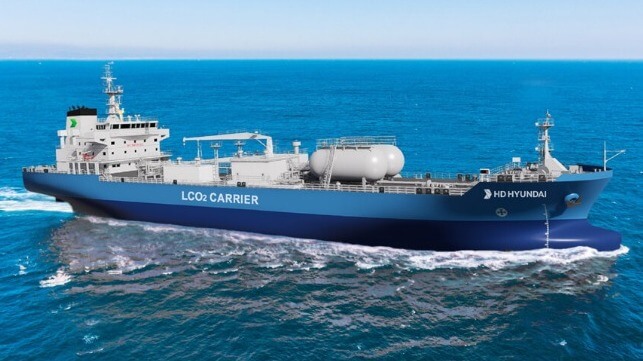
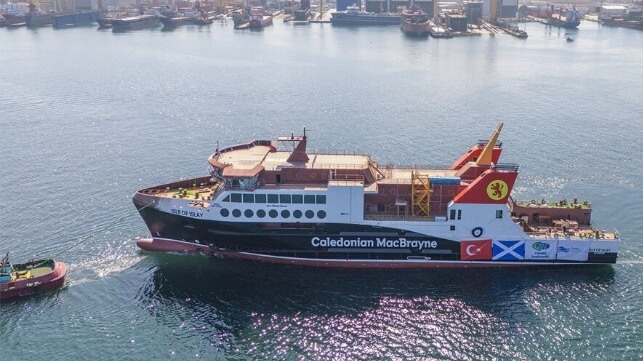
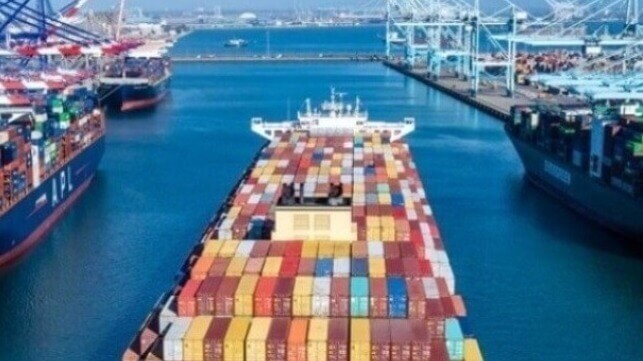
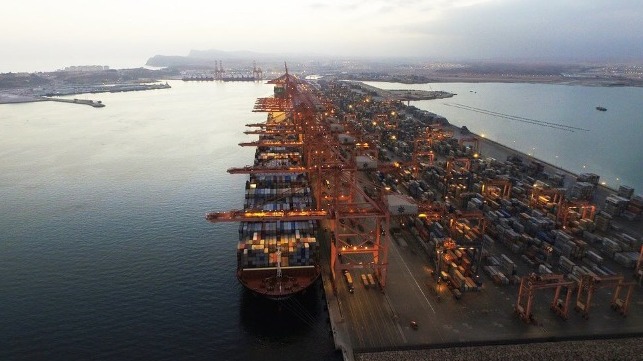
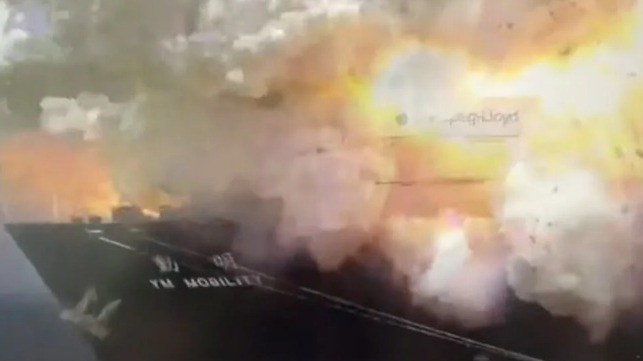
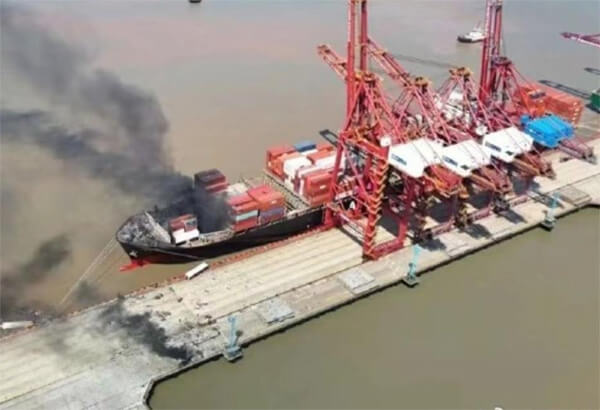
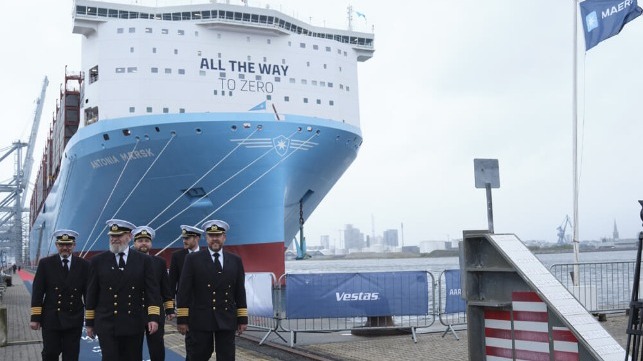
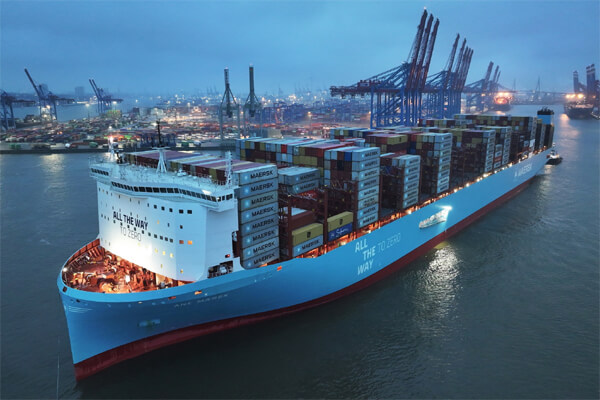
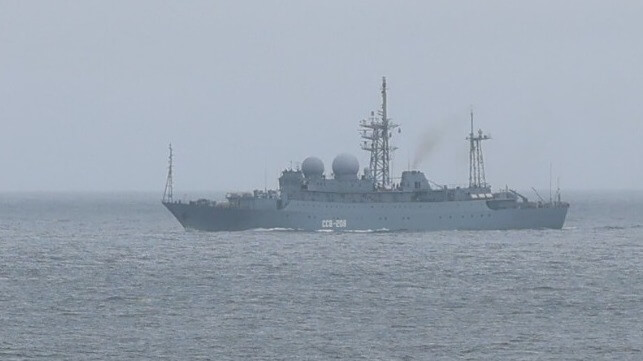
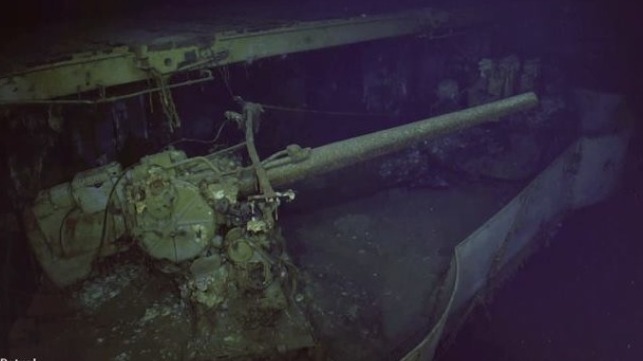
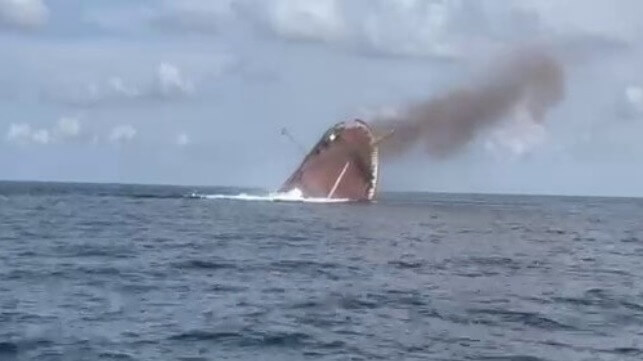
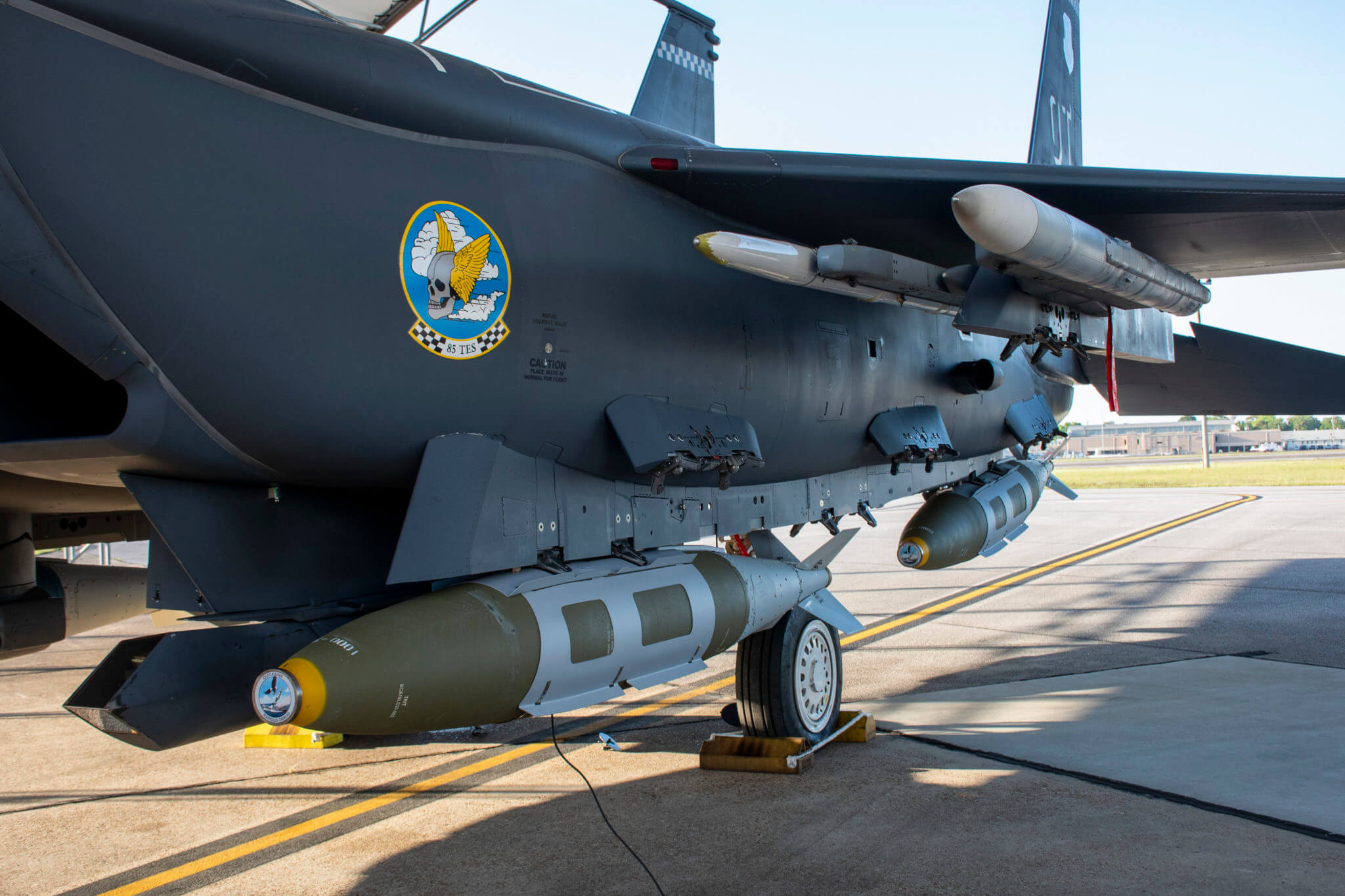 Quicksink-equipped 2,000-pound bombs on an F-15E Strike Eagle, 2022 (USAF / AFRL)
Quicksink-equipped 2,000-pound bombs on an F-15E Strike Eagle, 2022 (USAF / AFRL)